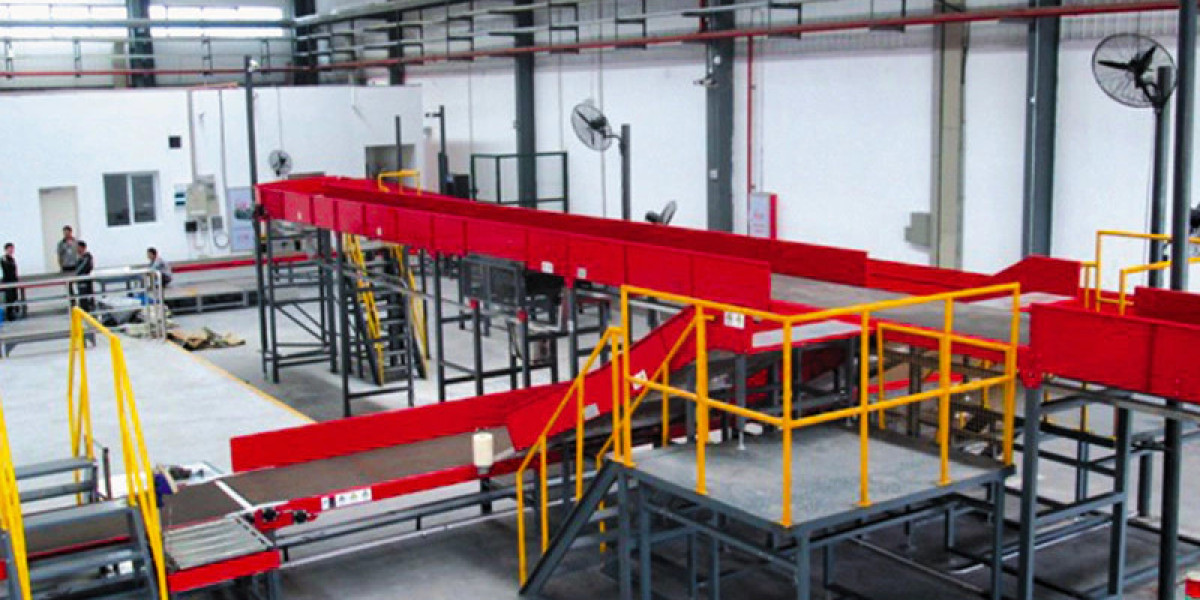The healthcare landscape is undergoing a profound transformation driven by technological advancements. From telemedicine to artificial intelligence, the integration of innovative solutions is reshaping how patients receive care, enhancing outcomes, and making healthcare more accessible than ever. This article delves into the various facets of technology in healthcare, exploring its impact on patient care, and what the future holds.
The Rise of Telemedicine
Accessing Care Anywhere
Telemedicine has emerged as a vital tool in overall healthcare, allowing patients to consult with healthcare providers remotely. This has been particularly beneficial in rural areas where access to specialists may be limited. Patients can now receive consultations, diagnoses, and even treatment recommendations from the comfort of their homes, effectively breaking down geographical barriers.
Overcoming Barriers
The COVID-19 pandemic accelerated the adoption of telehealth services, highlighting its importance in maintaining continuity of care during crises. Virtual appointments reduce the risk of infection and save time, making healthcare more efficient. As technology continues to evolve, telemedicine platforms are integrating features like AI-driven symptom checkers and virtual health assistants, enhancing the patient experience further.
Artificial Intelligence in Diagnostics
Improving Accuracy
Artificial intelligence (AI) is revolutionizing diagnostics by enabling quicker and more accurate interpretations of medical data. Machine learning algorithms can analyze vast amounts of data from medical images, lab results, and patient histories to identify patterns that may be missed by human eyes. This can lead to earlier detection of diseases such as cancer, where timely intervention is crucial.
Personalized Treatment Plans
AI is not just limited to diagnostics; it also plays a pivotal role in developing personalized treatment plans. By analyzing genetic information and treatment outcomes, AI can help healthcare providers tailor interventions to individual patients, enhancing the efficacy of treatments and minimizing adverse effects.
Wearable Technology and Remote Monitoring
Continuous Health Tracking
Wearable devices like smartwatches and fitness trackers are becoming commonplace, empowering patients to take charge of their health. These devices can monitor vital signs such as heart rate, blood pressure, and even oxygen levels in real-time. Continuous monitoring allows for early detection of potential health issues, enabling proactive management and timely interventions.
Enhancing Patient Engagement
Wearables also foster greater patient engagement. Patients who actively track their health metrics are more likely to adhere to treatment plans and maintain healthy lifestyles. This shift towards self-management can significantly reduce the burden on healthcare systems and improve overall patient outcomes.
Electronic Health Records (EHR)
Streamlining Information Access
Electronic Health Records (EHR) have transformed how patient information is stored and accessed. By digitizing medical records, healthcare providers can easily share information across different facilities and specialties, ensuring that all team members have up-to-date patient information. This leads to coordinated care and reduces the chances of errors due to miscommunication.
Data Analytics for Improved Outcomes
The vast amount of data captured in EHR systems allows for advanced analytics that can identify trends and inform best practices. Healthcare organizations can analyze population health data to develop targeted interventions for chronic diseases, ultimately improving community health outcomes.
Robotics and Automation in Surgery
Precision and Efficiency
Robotic-assisted surgeries are gaining traction as a minimally invasive alternative to traditional surgical methods. Robots offer unparalleled precision, allowing surgeons to perform complex procedures with enhanced control and reduced recovery times for patients. This technological advancement minimizes the risk of complications and leads to faster healing.
Reducing Healthcare Costs
As robotic technology continues to evolve, the cost of these procedures is expected to decrease. Automation in surgery can also streamline workflows, reducing the time and resources required for each operation. This efficiency can ultimately lower overall healthcare costs, benefiting both providers and patients.
Virtual Reality and Augmented Reality in Training and Therapy
Innovative Training Methods
Virtual Reality (VR) and Augmented Reality (AR) are not just for entertainment; they are being utilized in medical training and education. These technologies allow medical students and professionals to practice procedures in a risk-free environment, enhancing their skills and confidence before performing on real patients.
Therapeutic Applications
Beyond training, VR is being explored as a therapeutic tool for conditions such as PTSD, anxiety, and chronic pain. By immersing patients in virtual environments, therapists can help them confront fears or distract them from pain, offering new avenues for treatment.
The Role of Big Data in Public Health
Predictive Analytics
The use of big data in healthcare has far-reaching implications for public health. By analyzing data from various sources, including social media and wearable devices, health organizations can predict disease outbreaks and monitor health trends in real time. This enables proactive responses to public health crises, improving community health resilience.
Personalized Medicine
Big data also facilitates the shift towards personalized medicine, where treatments are tailored to individual genetic profiles and lifestyle factors. This data-driven approach can enhance the effectiveness of interventions and lead to better patient outcomes.
Challenges and Considerations
Data Security and Privacy
While the integration of technology in Managed health offers numerous benefits, it also raises concerns about data security and patient privacy. With the increase in digital health records and remote monitoring, protecting sensitive patient information is paramount. Healthcare organizations must invest in robust cybersecurity measures to safeguard data against breaches.
Equity and Access
Another challenge is ensuring equitable access to these technological advancements. While telemedicine and wearables can enhance patient care, disparities in access to technology and the internet can create barriers for certain populations. Addressing these disparities is essential to ensure that all patients can benefit from technological innovations.
Conclusion
The future of healthcare is undoubtedly intertwined with technology. Innovations such as telemedicine, AI, wearables, and robotics are transforming patient care, enhancing outcomes, and making healthcare more accessible. As we move forward, it will be crucial to address the challenges that accompany these advancements to ensure that technology serves as a bridge rather than a barrier. By embracing the potential of technology while prioritizing patient privacy and equitable access, we can create a healthier future for all.







